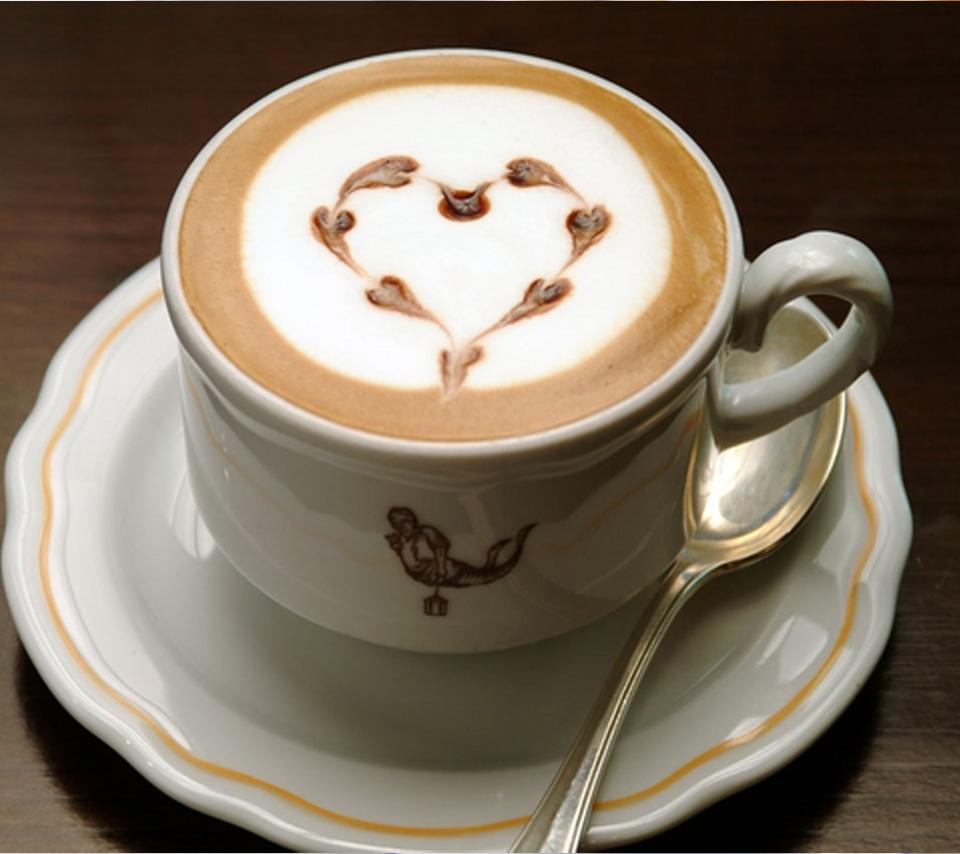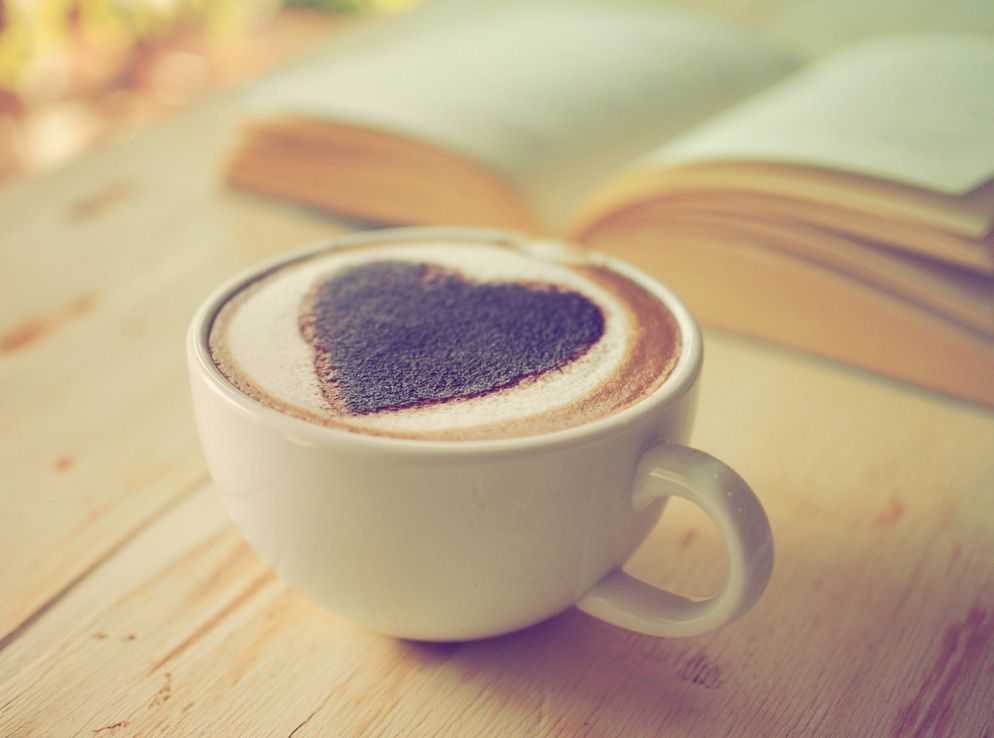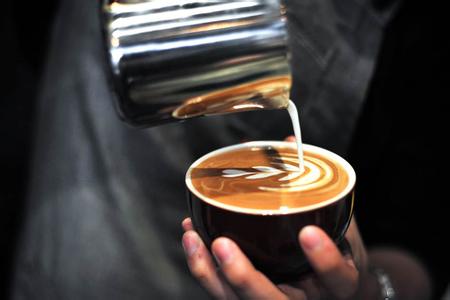The relationship between coffee and 3T
Follow the caf é (Wechat official account vdailycom) and found that Beautiful Cafe opened a small shop of its own.
Control 3T: water temperature, time and flow
3 T of brewing coffee refers to water temperature (Temperature), time (Time) and water flow (Turbulence). The water temperature, soaking time and the strength of stirring water flow, like the thickness, will affect the extraction rate, and then affect the concentration of coffee. Interestingly, 3T needs to be inversely proportional to the degree of roasting in order to make delicious coffee.

The water temperature of brewing coffee should be inversely proportional to the degree of baking.
All kinds of brewing extraction water temperature is not consistent, American electric drip rate kettle due to different brands, mostly controlled in the constant temperature extraction range of 92 ℃-96 ℃, espresso machine can be based on the baking degree used by each store, the water temperature is set in the range of 88 ℃-93 ℃, basically, the deeper the extraction water temperature is, the lower the water temperature is, about 88 ℃, and the shallower the roasting is, the higher the water temperature is, about 93 ℃.
As for hand flushing, siphon, filter pot and smart filter cup. All manual extraction, it is difficult to achieve constant temperature extraction, water temperature is more elastic, taste spectrum fluctuation is greater than coffee machine, more challenging, this is the reason why players are infatuated with handmade coffee. The water temperature of Japanese hand flushing pot is the most elastic, which varies with the baking degree and the locking temperature performance of the hand pot. The extraction temperature is generally between 82 ℃ and 94 ℃. The water temperature of siphon pot extraction is also high and low, about 88 ℃-94 ℃ at high temperature and 86 ℃-92 ℃ at low temperature.
For high temperature extraction above 90 ℃, it is easy to increase the extraction rate and increase the thickness, aroma and bitterness of alcohol, so it is disadvantageous to deep-roasted beans, but it is more suitable for hard beans and shallow roasted coffee, because slightly higher extraction water temperature can enhance the sharp acid of shallow baked beans to changing active acid, but not too much, the extraction temperature of hand and siphon kettle is more than 94 ℃, more bitter substances will be dissolved.
For low temperature extraction below 90 ℃, it will inhibit the extraction rate, reduce aroma and bitterness, and is more suitable for medium-deep or deep-baked beans, but it should not be too low. Low-temperature extraction by hand should not be less than 82 ℃, so as to avoid dull coffee. Because low temperature is not conducive to shallow baked beans, only low acid substances that are easy to dissolve can be extracted, but not enough sweet flavor and high sweet and bitter substances can be extracted. as a result, the flavor of shallow roasted coffee brewed at low temperature is not balanced, and there is only one dead acid. Extremely unpalatable, should we use high temperature or low temperature extraction? According to the roasting degree of coffee beans, deep roasted beans should be extracted at low temperature and shallow roasted beans should be extracted at high temperature, that is to say, the baking degree should be opposite to the temperature of boiling water.
The fiber quality of deep baked beans is seriously damaged, and its structure is loose and fragile, so it is appropriate to be gentle and extracted at a slightly lower water temperature, so as not to extract too many bitter components of high coke; on the contrary, the fiber of shallow baked beans is less damaged and denser, and it is not easy to extract than deep baking. If the shallow roasted coffee is brewed at a water temperature below 82 ℃, it will only extract low acid, unable to extract enough sweetness and a small part of high sweet bitterness and fragrant wood ingredients, resulting in a very uneven and irregular dead acid taste.
The soaking time should be inversely proportional to the baking degree.
At a fixed amount of water, the longer (shorter) the soaking time, the higher (lower) the extraction rate and the higher (lower) the concentration. The baking degree should be taken as the main consideration for the length of soaking time. Shallow baked beans are not easy to extract, so the brewing time should be a little longer than baking. On the contrary, re-baked beans are easier to extract, so the brewing time is slightly shorter than that of shallow baking. In other words, the baking degree should be opposite to the boiling time.
During a visit to Italy, you will find that the extraction time, water temperature and milliliters per cup of re-roasted coffee in South Italy are obviously less than those in shallow medium or deep roasting in North Italy.
The stirring flow should be inversely proportional to the baking degree.
Many people ignore the fact that the strength of the current also affects the extraction rate of coffee, which in turn affects the concentration. Water flow refers to the force of hot water passing through or impacting coffee particles. The stronger the stirring water is, the more it can promote the extraction of coffee ingredients. If there is no water flow to promote the extraction of follicular coffee, the coffee particles are tangled together, which is easy to cause uneven extraction, resulting in an extraction rate of less than 18% of the lower limit, and the coffee flavor is too weak. However, if the current is too strong or lasts too long, the friction of the particles is too large, which can easily lead to excessive extraction, resulting in the extraction rate exceeding 22% of the upper limit, and the high astringent bitter bite is easy to dissolve.
The strength of stirring water also needs a baking degree as an index, and deep-baked beans should be boiled with gentle water to avoid excessive extraction rate. But boiled shallow baked beans can be stirred with slightly strong water to avoid too much essence left in coffee grounds and can not be extracted.
Electric trickling filter pot (nozzle water column size), hand punch kettle (nozzle caliber and water column height), siphon kettle (stirring force), French filter kettle (stirring and lower pressure channel), table smart filter cup (stirring force) are all used with water flow and stirring force to accelerate extraction. The size of the water flow, too much, in principle, the extraction of shallow baked water flow should be greater than deep baked beans. Water flow, water temperature, time and thickness are all sharp tools for baristas to control the intensity and taste spectrum.
Important Notice :
前街咖啡 FrontStreet Coffee has moved to new addredd:
FrontStreet Coffee Address: 315,Donghua East Road,GuangZhou
Tel:020 38364473
- Prev

Starbucks cappuccino approach
Following Cafe (official Wechat account vdailycom) found that cappuccino has an irresistible unique charm. At first it smells delicious, the first sip, you can feel the sweetness and softness of a large number of milk bubbles, the second taste can really taste the original bitterness and richness of coffee beans, and finally when the taste stays in the mouth.
- Next

What is it like to drink coffee at Starbucks without your wallet?
Some people regard the cafe as a landmark of the city, others call the cafe the second living room of the urbanite. With the need to socialize, more and more people do not invite friends to their homes to cook a small dish, but to sit in a favorite cafe for an afternoon. Cafes active in the Chinese market include Taiwan's Shangdao Coffee, Mingdian Coffee, 85 ° C, and Sino-foreign joint venture Cross-Strait Coffee
Related
- Beginners will see the "Coffee pull flower" guide!
- What is the difference between ice blog purified milk and ordinary milk coffee?
- Why is the Philippines the largest producer of crops in Liberia?
- For coffee extraction, should the fine powder be retained?
- How does extracted espresso fill pressed powder? How much strength does it take to press the powder?
- How to make jasmine cold extract coffee? Is the jasmine + latte good?
- Will this little toy really make the coffee taste better? How does Lily Drip affect coffee extraction?
- Will the action of slapping the filter cup also affect coffee extraction?
- What's the difference between powder-to-water ratio and powder-to-liquid ratio?
- What is the Ethiopian local species? What does it have to do with Heirloom native species?

